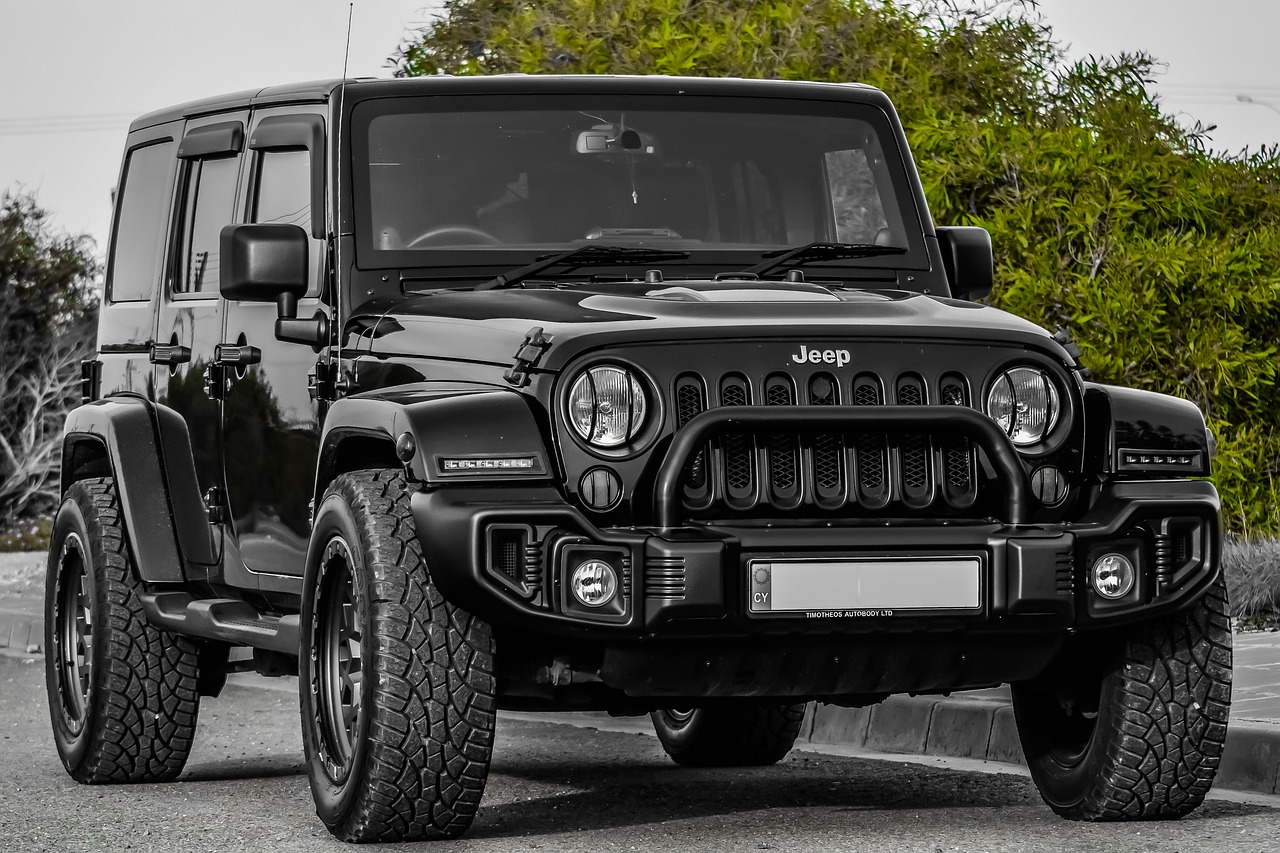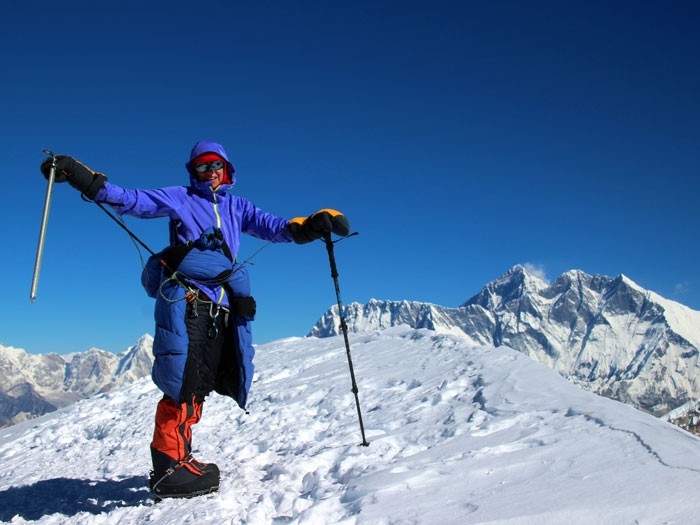Mount Kilimanjaro is the tallest mountain in Africa, standing at a height of 5,895 meters above sea level. It is located in Tanzania and is a popular destination for adventure seekers from all around the world.
Scaling Mount Kilimanjaro is a challenging yet rewarding experience, and in this guide, we will explore everything you need to know to prepare and successfully climb Africa’s tallest mountain. For Tanzania visa you can click here and get all help
-
Post Contents
Choose the Right Time to Climb
The best time to climb Mount Kilimanjaro is during the dry season, which runs from June to October and January to March. The weather during this time is generally dry and mild, which makes for optimal climbing conditions. However, it’s important to note that the mountain can be climbed year-round, and different times of the year may present unique challenges and experiences.
-
Select the Best Route
You can climb Mount Kilimanjaro through different routes. The most popular routes are the Marangu, Machame, Lemosho, and Rongai routes. Each route offers a unique experience and varying levels of difficulty. The Marangu route is the most straightforward, while the Machame and Lemosho routes are more challenging but offer scenic views. The Rongai route is the only route that approaches the mountain from the north, and it is known for its tranquility and wildlife.
-
Physical Preparation
Scaling Mount Kilimanjaro requires a certain level of physical fitness. It is recommended to begin training at least three to six months before your climb. Cardiovascular exercise, such as running or hiking, is essential to improve your endurance. Additionally, strength training, particularly for your lower body, will help you climb with greater ease.
-
Mental Preparation
Mental preparation is also very important along with physical preparation. Climbing Mount Kilimanjaro requires mental fortitude and a positive attitude. You should be prepared for long days of hiking and camping in potentially challenging conditions. Additionally, be prepared for the possibility of altitude sickness, which can affect anyone regardless of fitness level.
-
Acclimatization
Acclimatization is a crucial aspect of climbing Mount Kilimanjaro. As you climb, your body needs time to adjust to the higher altitude. It is recommended to follow the “pole pole” method, which means “slowly, slowly” in Swahili. This method involves a gradual ascent to higher altitudes, allowing your body to acclimatize properly. It is also recommended to spend at least one extra day at a high altitude before attempting the final ascent to the summit.
-
Gear and Equipment
Having the right gear and equipment is crucial for a successful climb. It is important to have comfortable and durable hiking boots, as well as waterproof and warm clothing for the varying weather conditions. Additionally, a good quality sleeping bag, a backpack, a headlamp, and a water bottle are essential items to pack. It is also recommended to bring trekking poles to provide support and reduce the impact on your joints.
-
Accommodation
There are several accommodation options available when climbing Mount Kilimanjaro. The most popular option is to stay in tents at designated campsites along the mountain routes. These campsites typically have basic facilities such as toilets and running water. Additionally, some routes offer accommodation in huts, which are a more comfortable option but are limited in availability.
-
Guides and Porters
It is mandatory to have a licensed guide when climbing Mount Kilimanjaro. Guides are responsible for providing assistance and support throughout the climb, as well as ensuring your safety. Additionally, porters are available to carry your gear and equipment.










